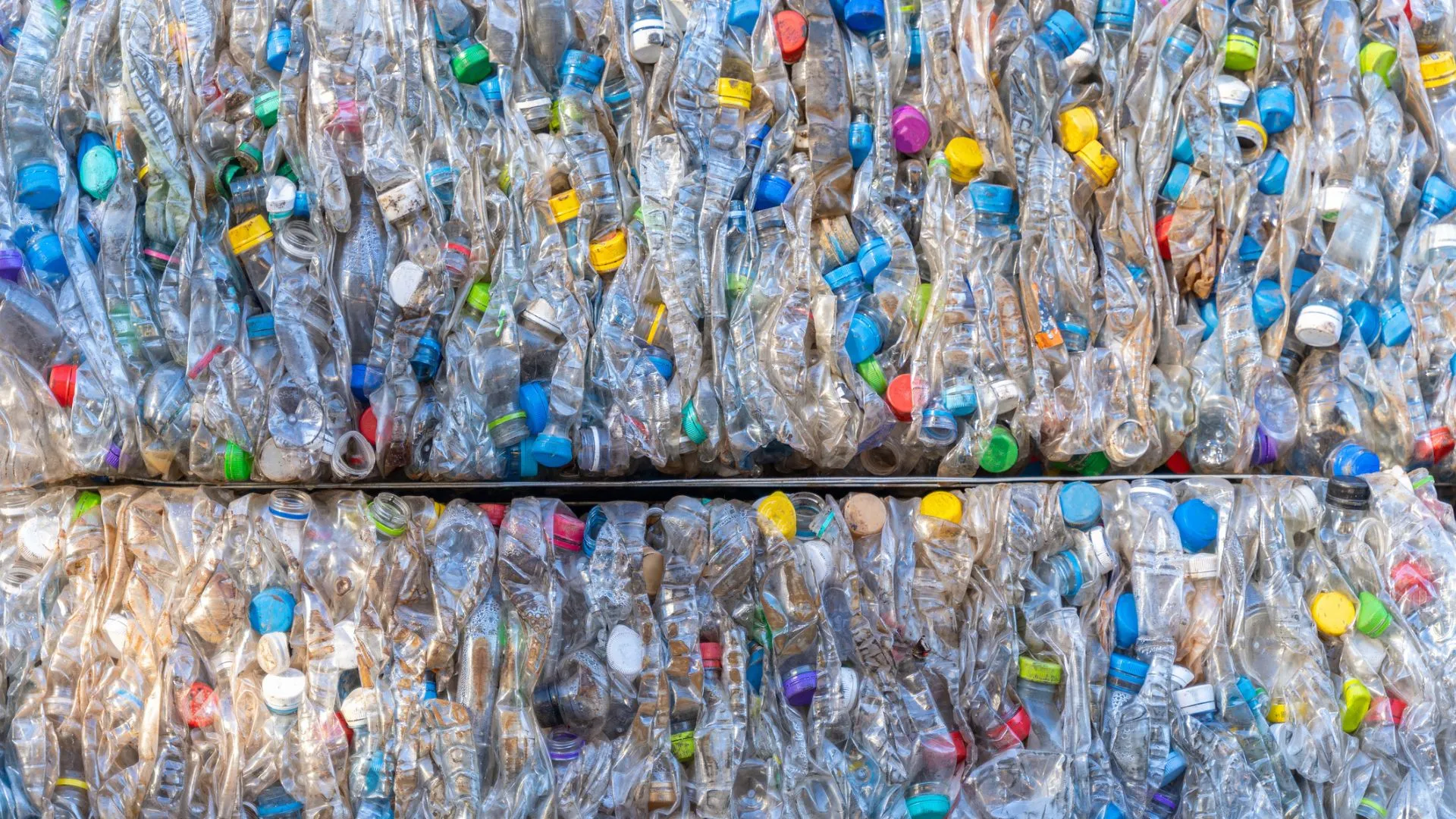Copyright Interesting Engineering

Thanks to science, the materials currently causing pollution can be converted to create a more sustainable and cleaner future. Researchers are converting plastic waste into useful carbon products that could serve as essential parts for next-generation batteries and supercapacitors. The Shenyang Agricultural University team in China believes this application could help curb the increasing problem of plastic pollution. The plastic waste can be used to make high-performance carbon materials, such as carbon nanotubes, graphene, and porous carbon. These materials are widely used in energy devices. If put into practice, the solution generates products of high economic and technological value. “Our goal is to turn plastic waste from an environmental burden into a sustainable resource,” said Dr. Gaixiu Yang, corresponding author from the Guangzhou Institute of Energy Conversion, Chinese Academy of Sciences. “By using advanced carbonization technologies, we can recover carbon from plastics and reuse it for energy and environmental applications,” Yang added in the press release on October 27. Curbing waste problem Since the creation of phenolic resin by Leo Baekeland in 1907, plastics have become essential due to their durability, affordability, and wide range of uses. The increasing use of plastics naturally results in a huge amount of waste. In 2021 alone, the world produced more than 390 million tons of plastic annually, most of which continues to pollute the environment. Standard waste practices such as landfilling, mechanical recycling, and incineration fail to manage plastic properly and often generate secondary pollution. Hence, researchers from around the globe are rushing to curb this exacerbating environmental problem by turning plastic into valuable products. And several developments have already taken place, like turning plastic into fuel or materials. The comprehensive research review, published in the journal Sustainable Carbon Materials, details both established and novel methods for transforming plastic waste. The team found that a particularly notable new technique is flash Joule heating. It stands out for its efficiency, capable of producing high-quality graphene from plastic waste in mere milliseconds while consuming less than 0.1 kilowatt-hour of energy per kilogram of starting material. Other existing techniques, including catalytic pyrolysis and one-pot synthesis, are known to enable the production of structurally superior carbon nanotubes and porous carbon. Circular carbon economy These plastic-derived carbon materials have potential in the energy sector, serving as electrodes in lithium-ion batteries and supercapacitors. In the experiment, the team created porous carbon derived from plastic waste. Interestingly, it demonstrated an energy storage capacity nearly equal to the theoretical maximum for selenium batteries while maintaining excellent stability over repeated use. “This is a promising pathway toward a circular carbon economy,” said Professor Yan Chen, co-corresponding author from the South China University of Technology. “Transforming waste plastics into functional carbon materials could help close the loop between pollution control and renewable energy,” Chen added. The valuable products also have more uses. In terms of environmental cleanup, these materials are capable of capturing greenhouse gases like carbon dioxide and removing heavy metals and antibiotics from wastewater. The research team notes several key challenges that must be overcome for widespread adoption of this technology. These include the technical hurdles of optimizing catalyst design and successfully improving product selectivity to ensure the conversion reliably yields the desired high-value carbon materials. The findings were published in the journal Sustainable Carbon Materials on October 27.



